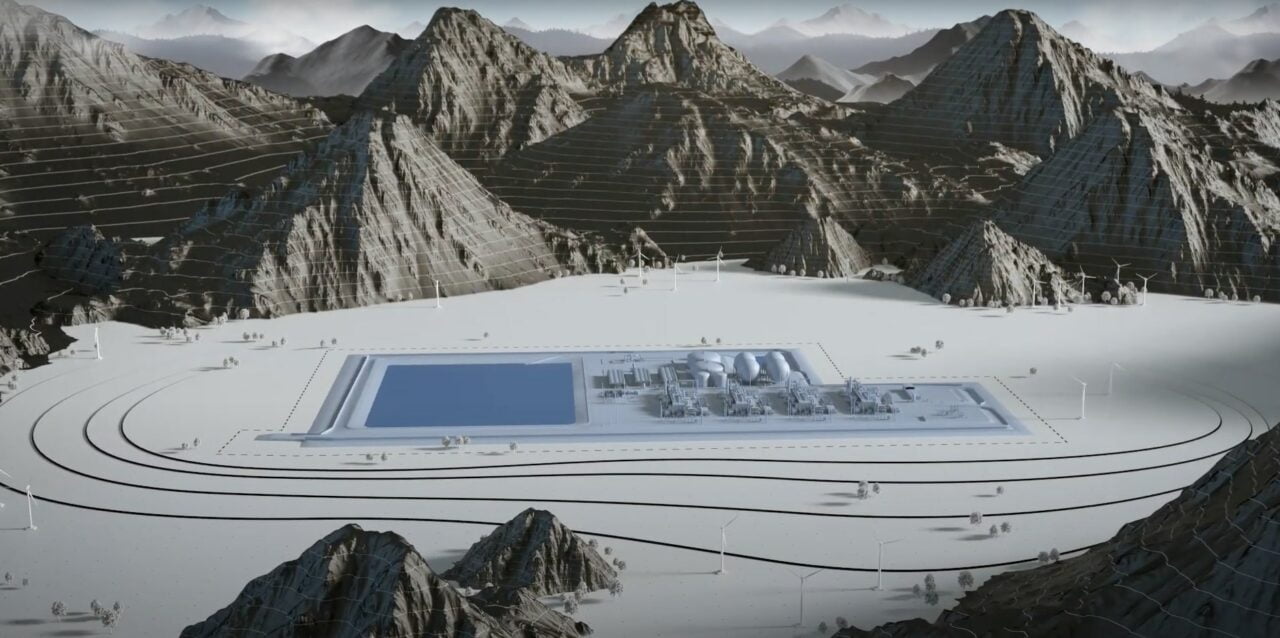
The LDES portion is split between 1GW of multi-day energy storage, and another 1GW of energy storage with a discharge duration of 12 hours or more. The CPUC has said it wants resources that do not use lithium-ion batteries or pumped hydro energy storage (PHES) technologies, which are already commercialised and deployed at scale.
Other technologies are being targeted by the procurement by DWR because those technologies could help the state achieve its decarbonisation goals but are “not currently being procured by individual LSEs (load-serving entities, i.e. utilities) in significant enough amounts to achieve cost reductions,” the CPUC said.
California already has over 10GW of lithium-ion BESS online, primarily grid-scale, and that number will continue to grow substantially in the future. Project sizes are going up, with gigawatt-scale projects being progressed recently by NextEra Energy Resources and Avantus (both Premium access articles).
The determination comes after the Energy Research and Development Division of the California Energy Commission (CEC) issued a report highlighting the importance of energy storage resources with a discharge duration of eight hours or more recently.
DWR to act as central procurement body, resources for 2031-37 delivery
The CPUC will request the procurement of those resources, on behalf of the state’s electricity customers, by the Department of Water Resources (DWR), the state body responsible for the storage, management and regulation of the California’s water usage.
An ‘informal request’ may be sent to the DWR to initiate procurement within six months of the CPUC’s decision adoption. The CPUC’s schedule for solicitations would see the DWR, acting as a central procurement entity (CPE), launching solicitations for LDES in 2026 (as well as geothermal) with offshore wind the year after. The resources would then come online between 2031 and 2037.
See the CPUC’s decision document, in full, here. It clarified that the figures were maximum amounts, and that no procurement may happen if the prices offered by developers to the DWR were not cost-effective.
California is already providing US$380 million in grants for LDES projects, which it started paying out in November 2023.
Lithium-ion and PHES to be excluded
As part of the determination making process, the CPUC collected comments from a range of industry stakeholders including regulators and project developers.
Several were opposed to including lithium-ion in the procurement and, as such, the CPUC appears to have agreed, saying that both of the LDES procurement should not include lithium-ion batteries or PHES.
One of those was Hydrostor, the firm building large-scale projects in California and Australia using advanced compressed air energy storage (A-CAES) technology. Its comments were paraphrased in the CPUC’s decision document:
“Hydrostor is particularly concerned about technology neutrality in the LDES category, especially those technologies that are not lithium-ion batteries. In reply comments, Hydrostor points out that many
parties arguing in comments that LSEs can procure LDES on their own appear to be referring mainly or exclusively to lithium-ion batteries, and that this is not true for other diverse and emerging LDES technologies.”
The ‘100-hour, iron air battery’ company Form Energy also responded to the consultation, as did numerous utilities and developers and IPPs.
The UK government’s proposal to exclude lithium-ion from its LDES support scheme was also criticised by some stakeholders, primarily developers active with lithium-ion BESS project development (perhaps unsurprisingly).

